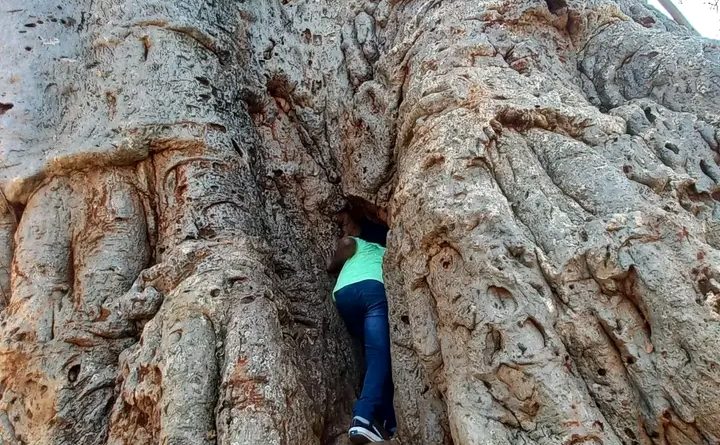Uncovering the secrets of Limpopo’s Baobab Trees
LIMPOPO
The Limpopo Province is home to one of nature’s most iconic wonders, the Baobab Tree, which is found in the far reaches of the province.
Known as the “Upside Down Tree”, due to its distinctive shape, with a thick trunk and branches that resemble a root system, Baobabs are not only a symbol of Africa’s landscape but also a vital part of Limpopo region’s ecosystem, culture and economy.
Baobabs (Adansonia digitata) are some of the largest and oldest living trees in the world. With their massive, swollen trunks and umbrella-like canopies, they dominate the skyline of Limpopo’s rugged terrain.
Some Baobabs are believed to be over 1,000 years old, standing as silent witnesses to centuries of history, making them one of the longest-living trees on Earth.
The Baobabs have a massive trunk that can grow up to 30 meters in circumference and 20 meters in height.
The tree’s trunk can store up to 121 000 litres of water, allowing it to survive in areas with low rainfall.
Baobab trees produce large, green fruit that can weigh up to 6kg. The fruit has a powdery, white pulp and is rich in vitamins, minerals, and antioxidants.
In terms of cultural significance, for local communities, Baobabs are more than just trees, they have been used in traditional medicine for centuries, with its bark, leaves and fruit used to treat various ailments, including fever, rheumatism, and digestive issues.
For ecological importance, Baobab trees provide food, shelter and habitat for a variety of animals, including monkeys, birds and insects.
Baobabs support a wide range of wildlife, with their flowers attract bats and bush babies, while their fruits feed animals like elephants and monkeys. Birds often nest in their branches, making them hubs of biodiversity.
The Baobab tree is considered sacred in many African cultures, with some believing it has spiritual powers and is a symbol of wisdom, strength and longevity.
In Limpopo, baobabs thrive in areas like Musina and the Mapungubwe Region of Thohoyandou and the Soutpansberg Mountains in the Kruger National Park (Pafuri area).
The trees offers tourism opportunities where visitors can explore guided Baobab forests with local guides who share fascinating stories and insights.
Despite their resilience, Baobabs face threats from climate change and human activity. Government conservation initiatives were made essential to protect these ancient giants’ trees for future generations.




